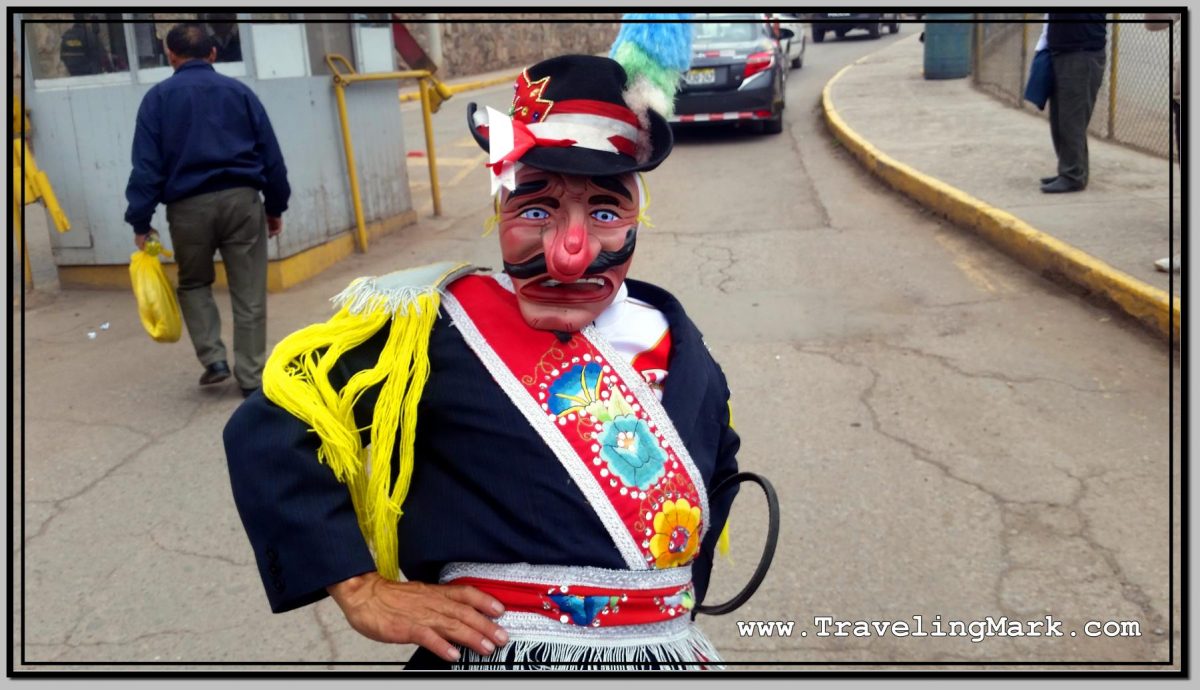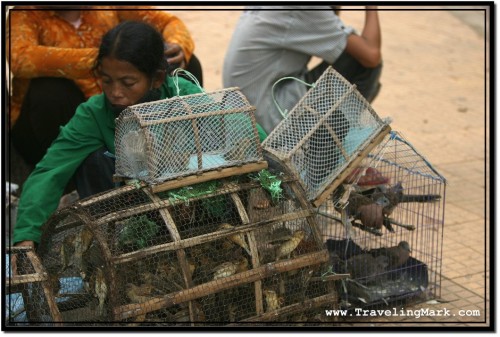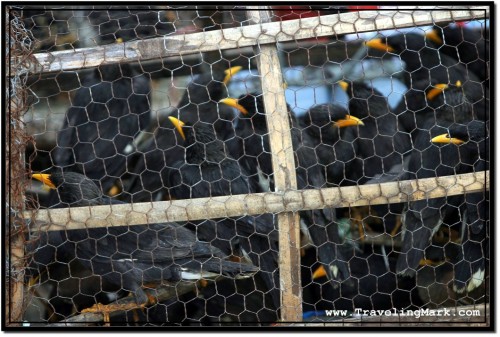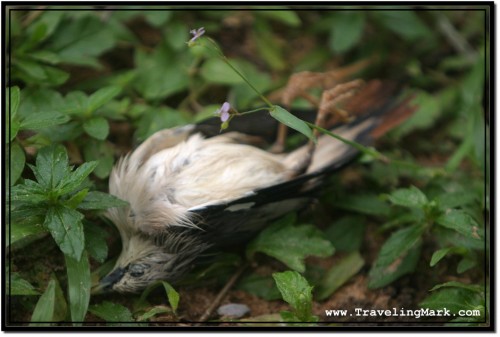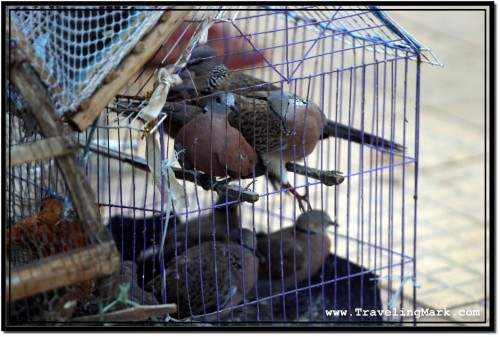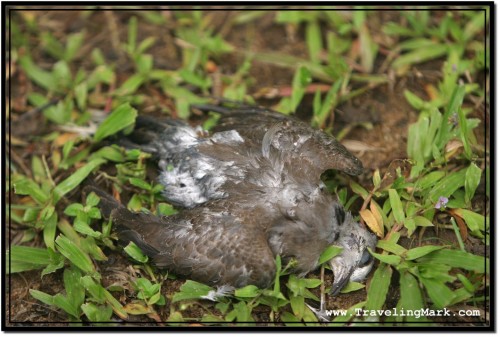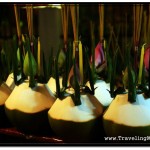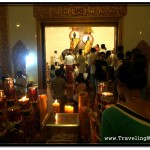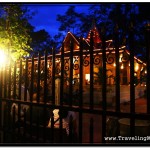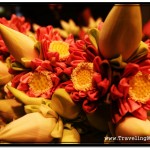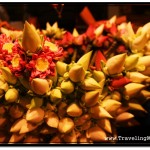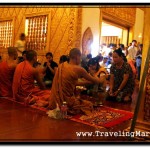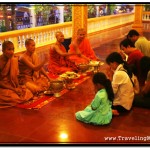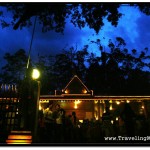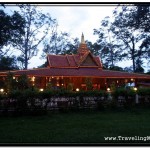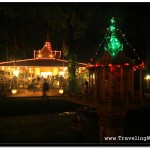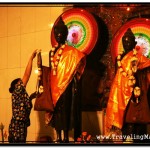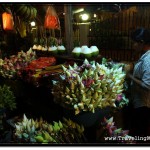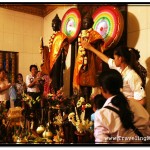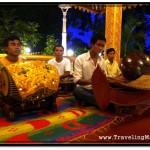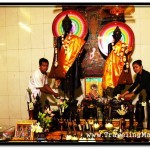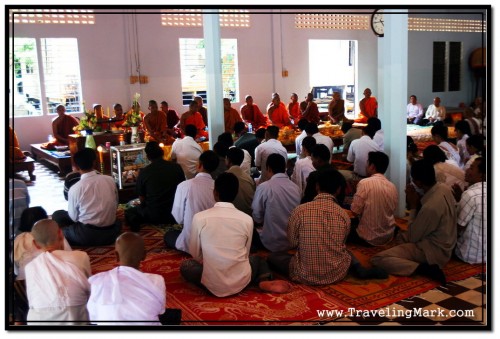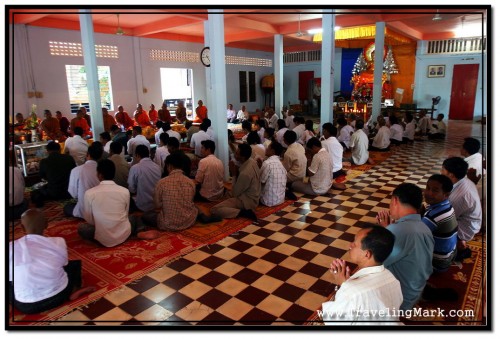Every September 14, the El Señor de Huanca (The Lord of Huanca) festival is celebrated in Cusco, Peru. In 2018, September 14 fell on a Friday, which was just the day when I was leaving Cusco for a weekend in Lima after spending just a day there. As I reached the bus terminal on foot, I came across groups of dancers dressed up in costumes, accompanied by marching bands, who caught my interest so I paused for a few minutes to snap some pics and videos of them.
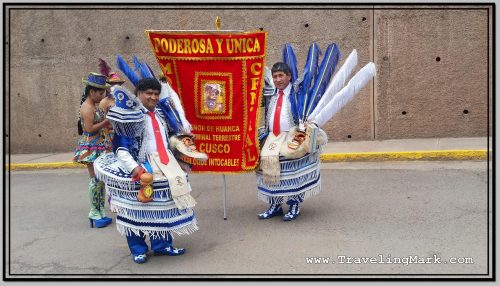
Characterized by a pilgrimage of devotees from Cusco and other parts of Peru, and even from different countries including Bolivia, Paraguay, Argentina and Chile, their primary goal during the El Señor de Huanca festival is to go to the Sanctuary of Huanca to receive blessings.
The sanctuary of the Lord of Huanca is located at 3,100 meters above the sea level in the foothills of the Pachatusan mountain in the district of San Salvador, province of Calca in the department of Cusco. I had my bus ticket booked for the day, so I did not participate past watching the promenade in front of the terminal.
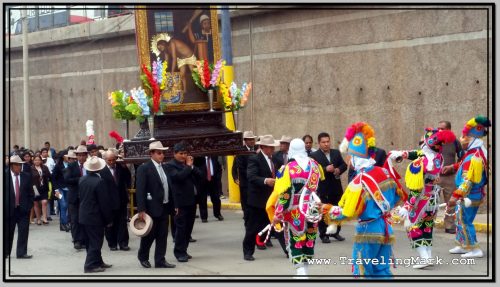
The most devout do the pilgrimage to the sacred sanctuary on foot – a feast that takes around 6 hours, according to what I was told. Estimated 30,000 pilgrims make their way to the area each year.
Even though I haven’t been there, I understand that the Sanctuary of Huanca contains the stone painted with the motive a Christ overwhelmed by the lashes – the Lord of Huanca.
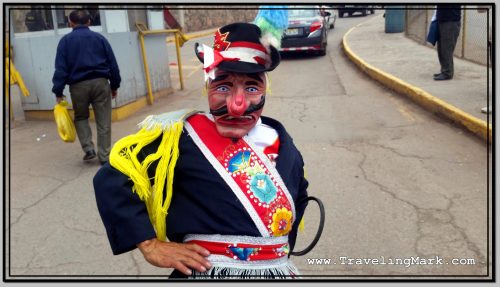
Origins of Faith in Huanca
There are two main stories of how devotion to the image of stone began.
The first story dates back to 1675. Diego, an Indian tired of the mistreatment by the Spaniards, escaped to Huanca and prayed all day so they would not find him. Then the image of the bloody Christ would appear before him. Amazed by the miracle, Diego sent a painter to that precise place to reproduce what he had seen. Where the stone was painted, a chapel was built that would later become the sanctuary.
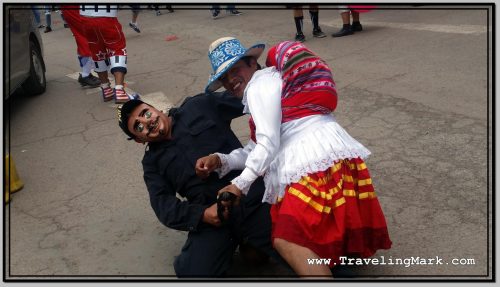
The other version speaks of a Bolivian named Don Pedro Valero, who met a foreign doctor who, miraculously, saved him by giving him a water treatment. In return, the doctor, who responded to the name of Enmanuel, only asked Valero to visit him at his home in Huanca. Great was his surprise when, in 1778, he arrived at the place and the settlers told him that in that town there was nothing, just an abandoned chapel. Terco went to the designated place and found a stone painted with a whipped Jesus Christ. The incredible thing was that the face of the son of God was the same as the person who had healed him.
Here’s the video of the devotees dressed in costumes celebrating El Señor de Huanca with a dance in the street in front of the bus terminal in Cusco:
